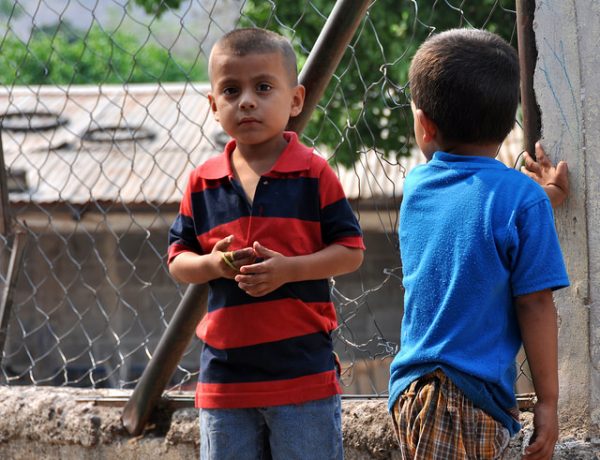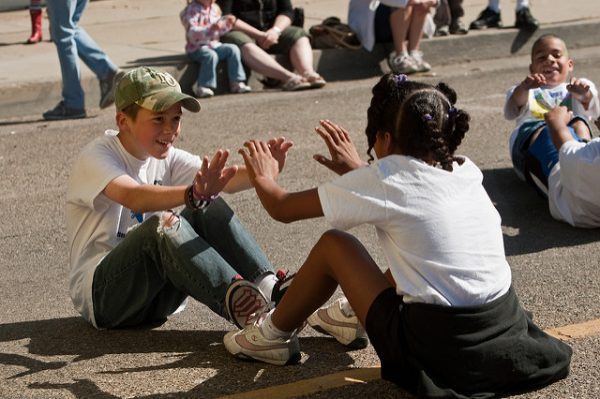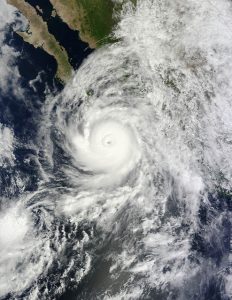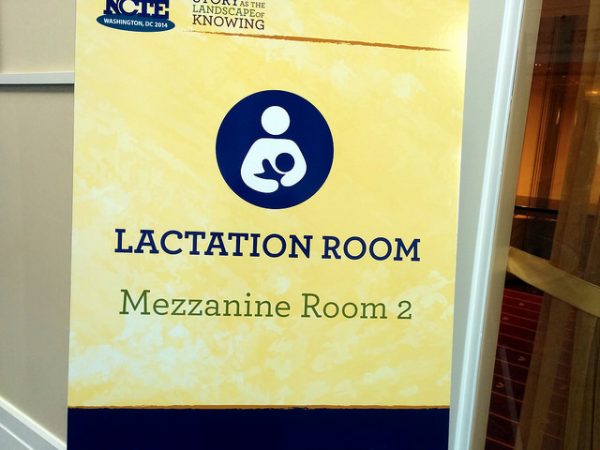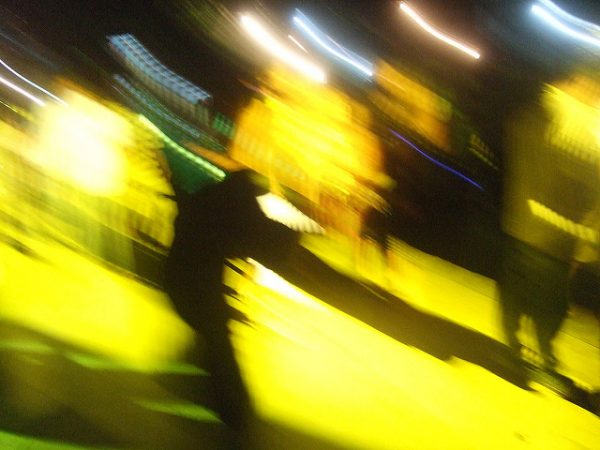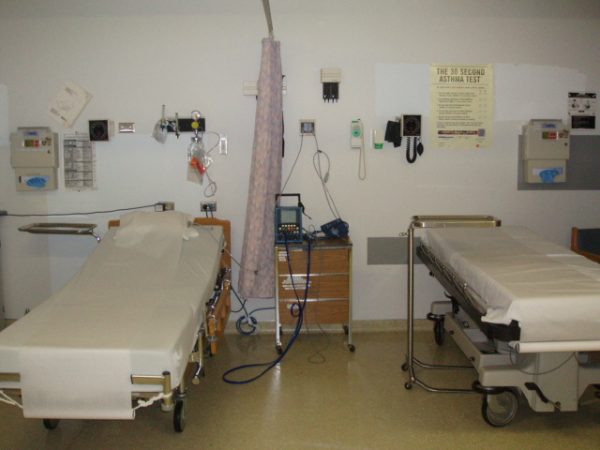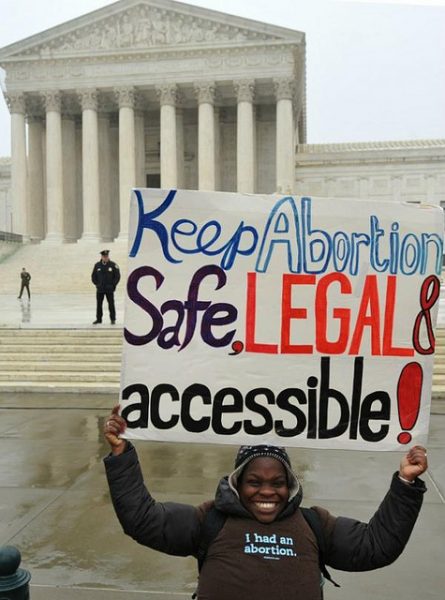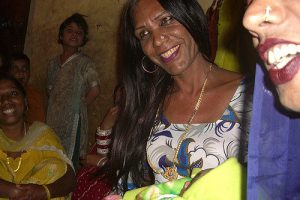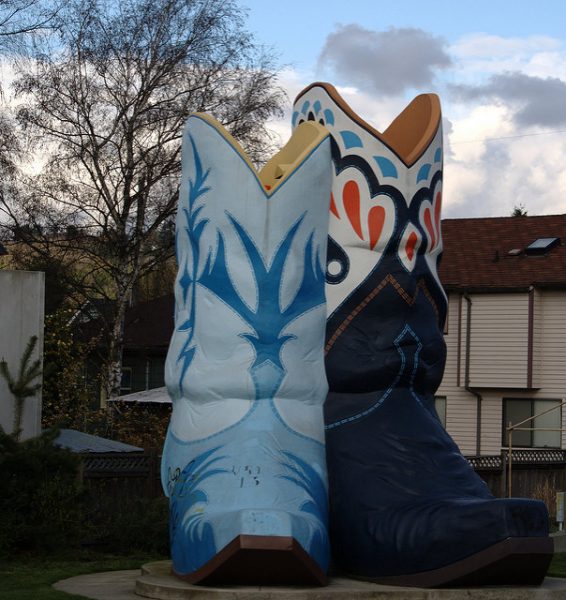
Originally posted October 18. 2017
If you like Halloween, you know that witches are a popular costume choice and decoration this time of year. But the history of witches involves much more than bubbling cauldrons and flying broomsticks. Social science shows us that witchcraft has a long history of empowering marginalized groups, like women and sexual minorities, who question more traditional religious practices.
While popular images of witches often focus on magic spells, brooms, and pointed hats, witchcraft and other forms of neo-paganism have historically been used by women to push back against male-dominated religions. More traditional, hierarchical religions like Christianity and Islam often place women in a subordinate role to men, and research finds that many women are drawn to witchcraft and other alternative spiritualities because they emphasize female empowerment, embodied rituals, and sexual freedom.
- T.M. Luhrmann. 1989. Persuasions of the Witch’s Craft: Ritual Magic in Contemporary England. Harvard University Press.
- Kristin Aune. 2015. “Feminist Spirituality as Lived Religion: How UK Feminists Forge Religio-spiritual Lives.” Gender & Society 29(1): 122-145.
- Cynthia Eller. 1993. Living in the Lap of the Goddess: The Feminist Spirituality Movement in America. New York: Crossroad.
People who practice witchcraft and neo-paganism typically see sexuality and gender as key sites for social transformation and personal healing, pushing back against the Christian idea that sex and bodies are sinful. Since neo-paganism values sexual freedom and sexual diversity, LGBTQ folks and people practicing polyamory often feel a sense of belonging that they don’t find in other religious spaces.
- Sarah M. Pike. 2006. New Age and Neo-Pagan Religions in America. Columbia University Press.
- Helen Berger, Evan Leach, and Leigh Shaffer. 2003. Voices from the Pagan Census: A National Survey of Witches and Neo-Pagans in the United States. University of South Carolina Press.
- Helen Berger, ed. 2005. Witchcraft and Magic: Contemporary North America. University of Pennsylvania Press.
This has also been true for young adults. In general, young adults practice religion and spirituality differently than do older generations. For example, millennials are the least likely to participate in traditional religious institutions or identify with one single religious belief system, but many still desire some combination of spirituality and community. The increase in portrayals of witchcraft and other neo-pagan religions in popular media has exposed younger generations to these communities, and research finds that teens are more often drawn to these alternative spiritual practices as a means of self-discovery and community, rather than the promise of magical powers.
- Helen Berger and Douglas Ezzy. 2007. Teenage Witches: Magical Youth and the Search for the Self. Rutgers University Press.
- Lisa Pearce and Melinda Lundquist Denton. 2011. A Faith of Their Own: Stability and Change in the Religiosity of America’s Adolescents. Oxford University Press.
- Richard Flory and Donald Miller. 2007. “The Embodied Spirituality of the Post-Boomer Generations,” in A Sociology of Spirituality, edited by Kieran Flanagan and Peter C. Jupp. Ashgate Publishing.

